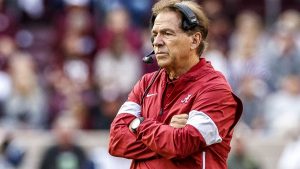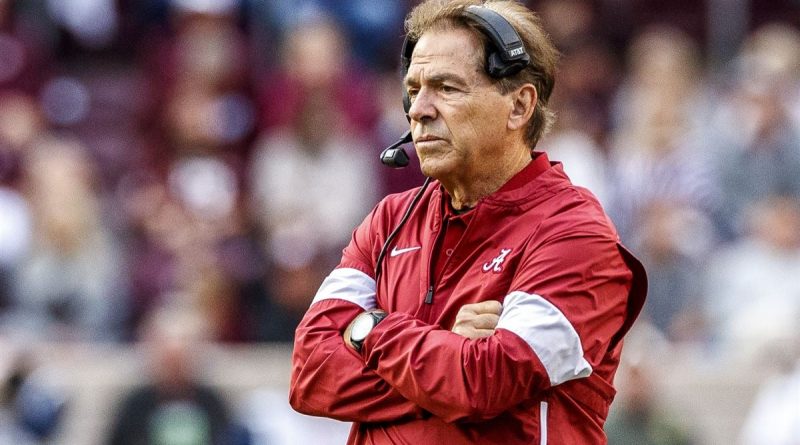NCAA Football Continues to Struggle With Virus
Amanda Lauschus
Sports Business Writer
The American people really could not deal without any sports in 2020 under a global pandemic and college football was not an exception. The belief was, and still is, is that these young players aging from 18-22 can fight off the virus easily, if there were outbreaks, since they are in healthy condition – despite evidence of myocarditis that inflames the heart after having mild symptoms. Statistically speaking, 15% of NCAA athletes that have signs of this inflammation after recovering so even mild symptoms can have long term effects.
The NCAA brought back college football and to say the least, it was not a foolproof plan. The COVID outbreaks among several different teams led to a multitude of games being cancelled or postponed for a later date to minimize exposure across teams. When you bring almost 200 people to another location and add fans to the mix as well, the virus is bound to infiltrate.

Although the different NCAA conferences delayed the start of the season to September 26th, the virus took hold of them quickly right from the beginning. Now more recently, as of the last two weeks, the Southeastern Conference has been hit hard by the outbreak. The Florida Gators have seen over 21 players test positive since last week, only days after coach Dan Mullen wanted university administrators to “Pack the Swamp” with fans. (Ironically as of October 17, Mullen himself has been diagnosed with the virus). Then hours later, coach Nick Saban of Alabama tested positive for COVID-19, leading to multiple games being postponed, causing adjustments to the schedule instantly. While they did allow for makeup dates in the schedule for an expected outbreak, how many cases is too many to have to stop the season? And these are not the only schools to have intense outbreaks, other schools like the University of Mississippi, Baylor University and Vanderbilt University, to name a few, have had COVID-19 impact their operations. The public health of players and staff is of utmost importance, but athletic directors are confident that these outbreaks and rescheduled games will not disrupt the entire season.
Sports across America saw some leagues defeat the virus entirely, and others have threats to the public health of their athletes. In particularly, the NBA and NHL “bubbles” worked out well in favor of public health and of course the game schedule. Both leagues under a “bubble” system were able to keep the virus out, which we have not seen happen for college football because of the lack of full-force safety precautions in place and the amount of people involved in each game. Hopefully, in the coming weeks, we see new measures put in effect to protect the health of all those involved in making sure touchdowns are scored.
Contact Amanda at lauscham@shu.edu

